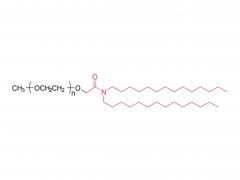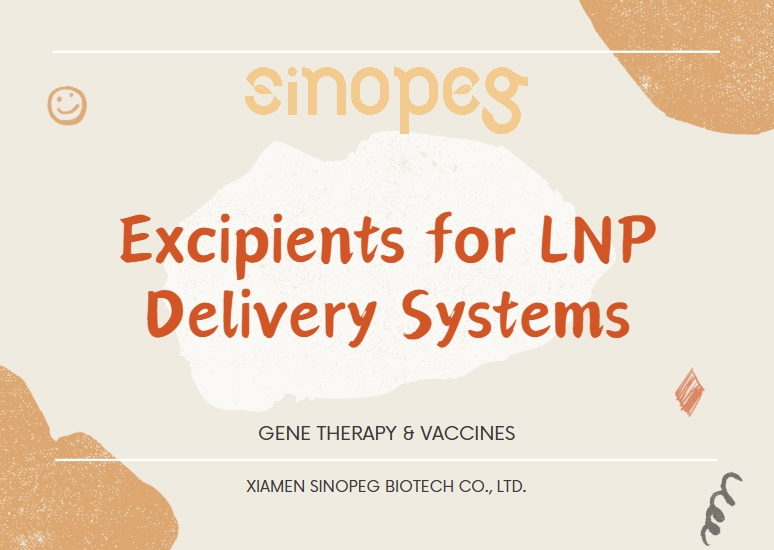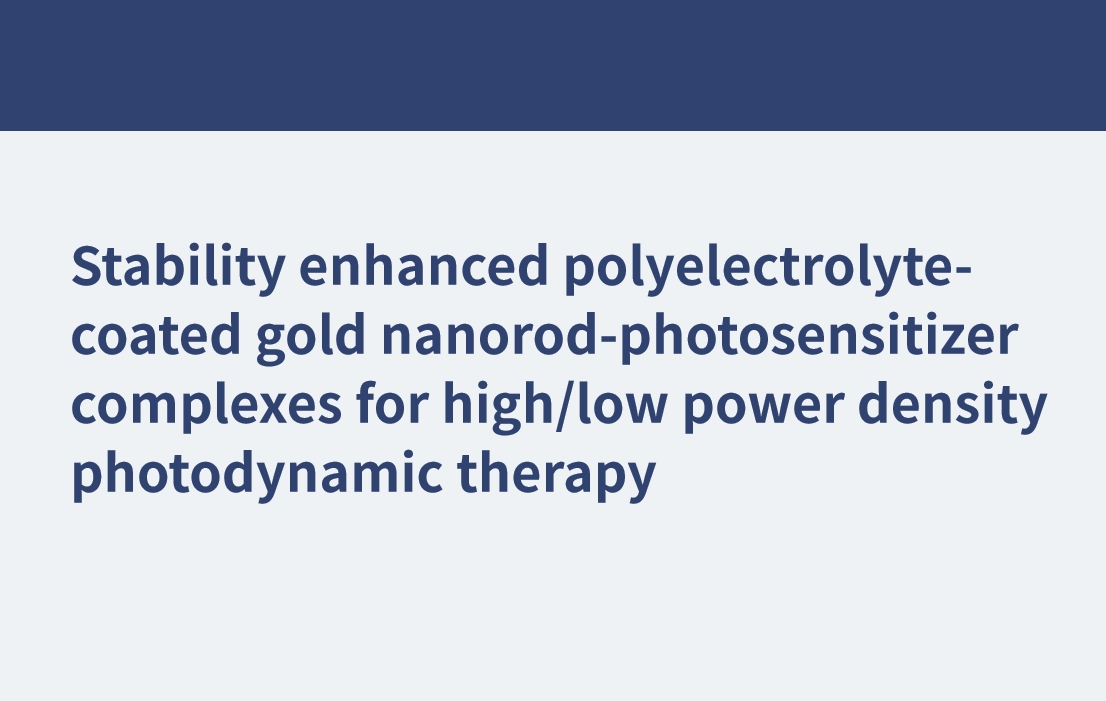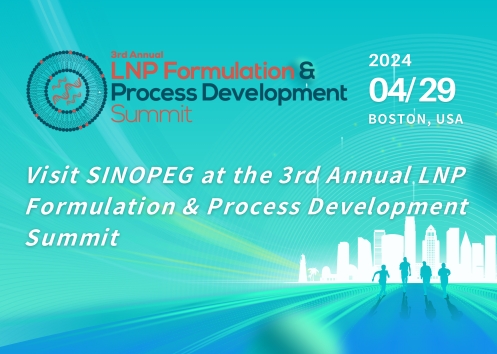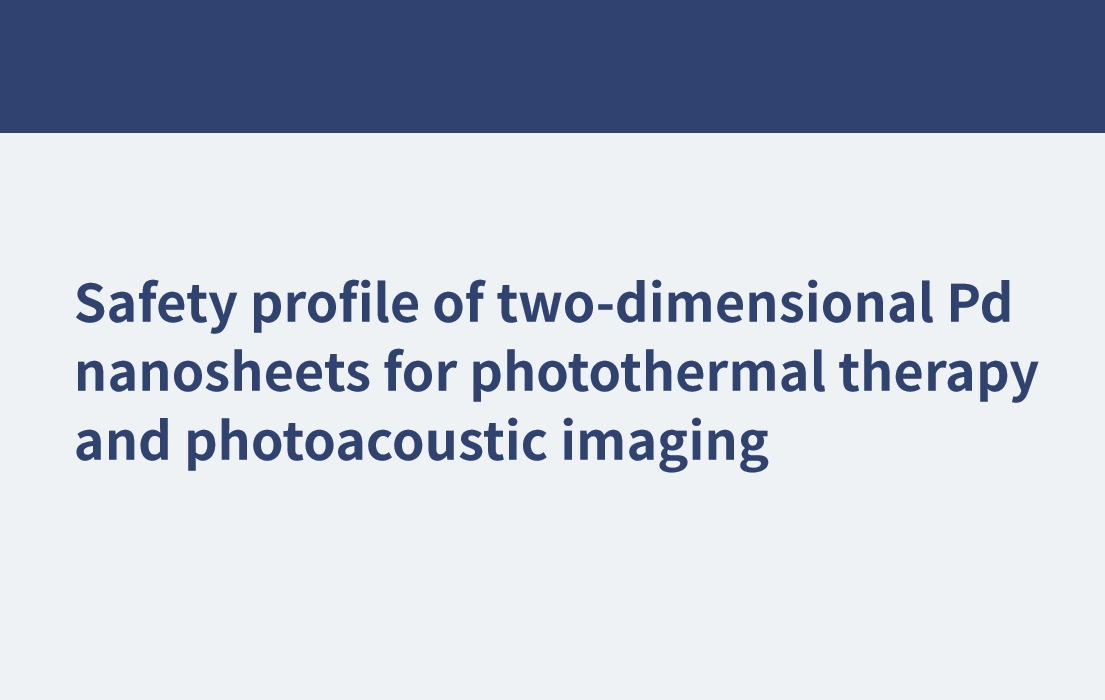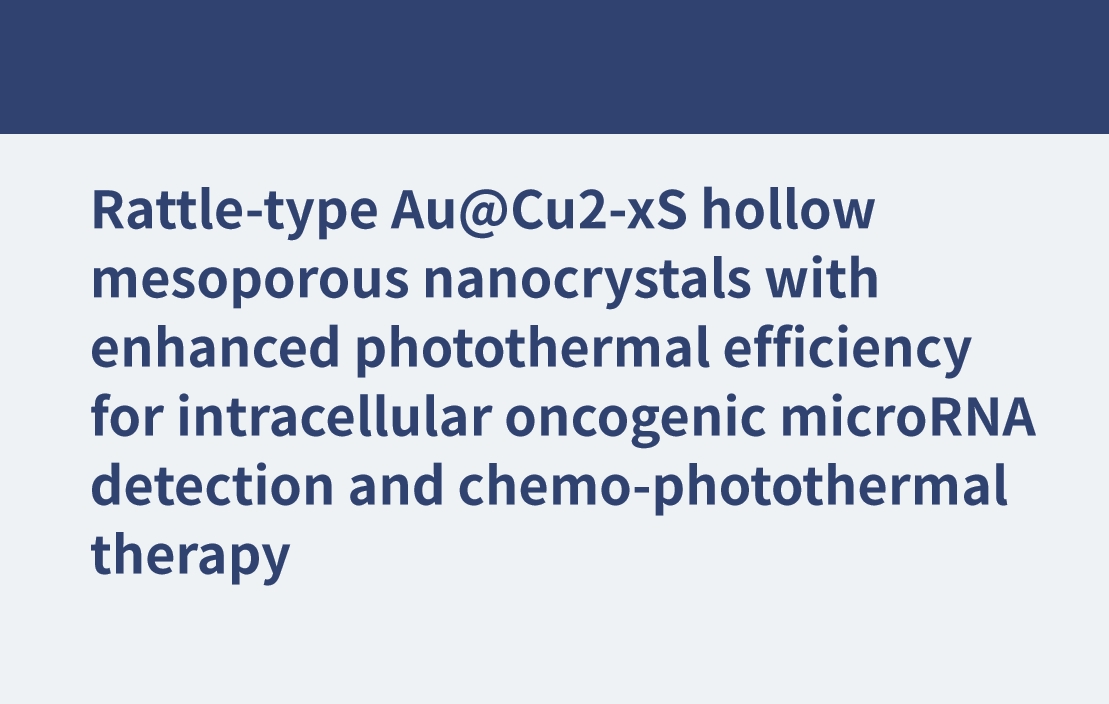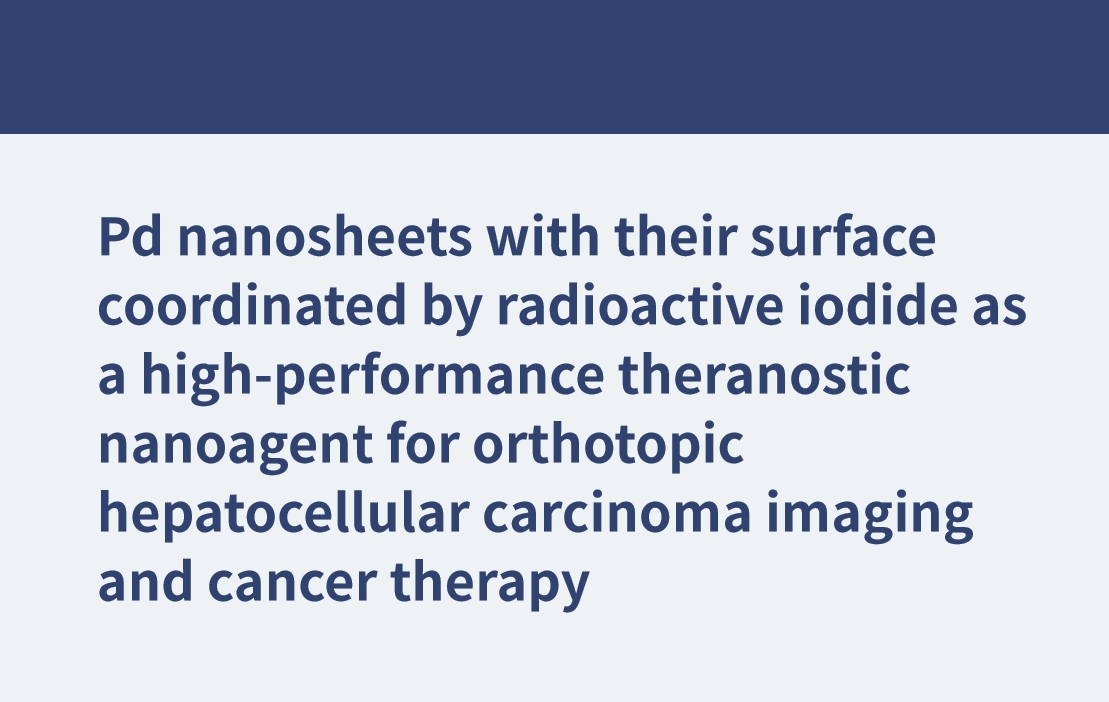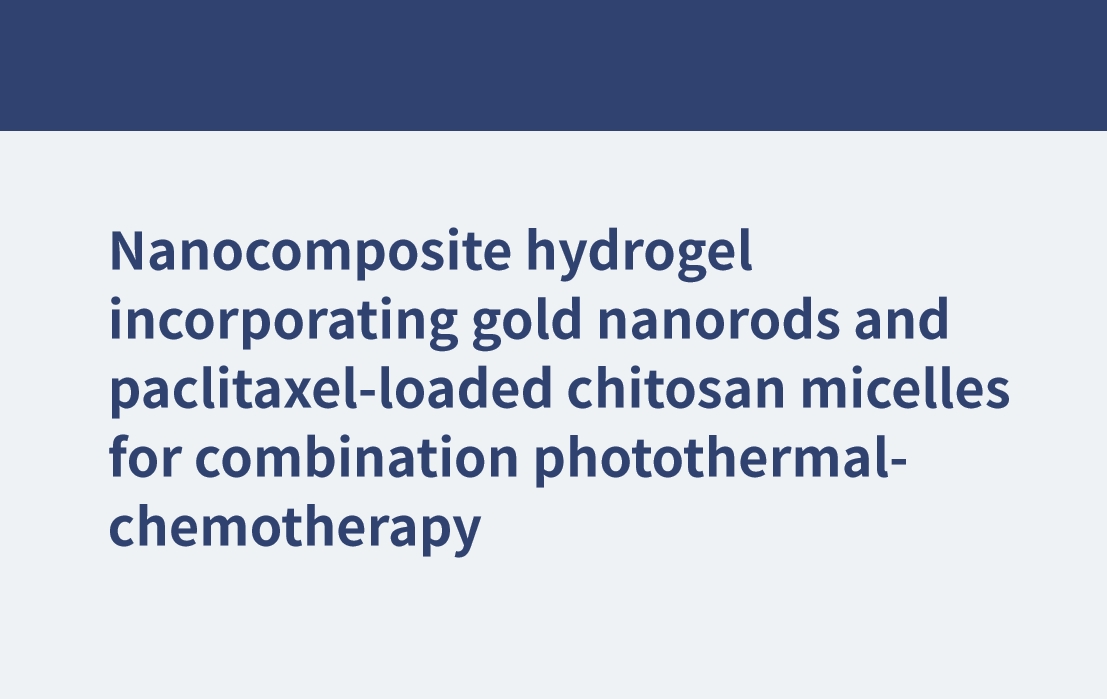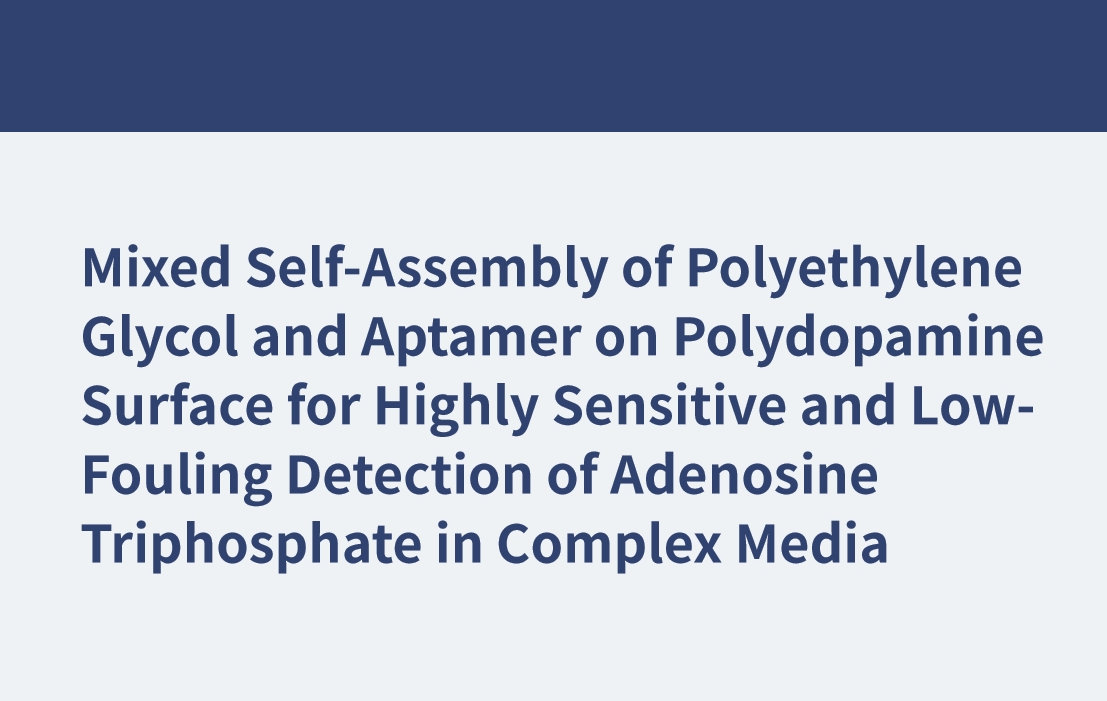Lipid nanoparticle (LNP) delivery systems are widely used in the fields of gene therapy and vaccines.However, to achieve effective gene delivery and vaccine delivery, not only suitable carriers and nucleic acids or antigens need to be selected, but also excipients for LNP delivery systems are needed.These excipients play a key role in stability, transparency, protective effect, and charge capacity. Firstly, stability is an important characteristic of excipients for LNP delivery systems.Excipients interact with lipid components, increasing the stability of LNP.For example, polyethylene glycol (PEG) is one of the commonly used excipients, which can form a stable layer of polymer by covering the surface of LNP.This polymer layer helps to reduce protein and cell adsorption and provides additional stability, thereby prolonging the circulation life of LNP. Secondly, transparency is an important factor to be considered when designing LNP delivery systems.Transparency can affect the preparation of LNP and the visualization of the internal structure.Therefore, excipients are usually selected for their characteristics of lower absorption and scattering of light to obtain clear imaging and accurate structural analysis. In addition, excipients for LNP delivery systems can also provide protection, protecting nucleic acids or antigens from degradation. For example, cholesterol is a common excipient that can be inserted into LNP to form a barrier that protects the nucleic acid or antigen.This protective layer can prevent the nucleic acid or antigen from being attacked by enzymes and help improve delivery efficiency and immune activation. In addition, charge is also an important characteristic of excipients.Charge can affect the interaction between LNP and target cells and delivery efficiency.For example, some excipients can regulate the charge state on the surface of LNP to improve its adsorption and cell uptake, thus improving delivery effect. In summary, excipients in LNP delivery systems play an important role in gene therapy and vaccine research.By selecting appropriate excipients, the stability, transparency, protective effect and charge of LNP can be optimized to achieve efficient gene delivery and vaccine delivery.Researchers will continue to develop new excipients to further improve the performance of LNP delivery systems and promote the development of gene therapy and vaccine research. Lipids that has been registered with DMF: DLin-MC3-DMA* SM-102 (HUO)* ALC-0315 (DHA)* DHA-1 (ALC-0315 analogue) mPEG-DMG-2K ALC-0159 (mPEG-DTA)* mPEG-DTA-1-2K (ALC-0159 analogue) DSPC DOPE DOTAP-Cl Cholesterol (Plant) Click here for more lipid products * This product is protected by third-party patents. We provide patent-compliant technical consultation and services, not the product itself.
View More







